 |
| June 24, 2020 |
Dear Reader,
A recent multistate outbreak of mumps involved 62 cases linked to a single asymptomatic wedding attendee in Nebraska. More than half of the individuals infected had been fully vaccinated, raising concerns about waning immunity from childhood mumps immunization. In space news, NASA is planning to usher in an era of sustainable lunar operations by mining the moon's reserves of water ice. Speaking of ice, scientists may have figured out why atmospheric CO2 stopped climbing in Antarctica for a period of nearly 2,000 years. And, our main story today: Researchers are working to develop an electroceutical fabric that could inactivate or repel coronaviruses—ideally including the one that causes COVID-19—and other pathogens. |
| | Sunya Bhutta, Senior Editor, Audience Engagement
@sunyaaa | |
 |
| |
| |
| |
| |
| |
| |
| |
FROM THE STORE
 | | Wild Ideas in Science Science history is chock full of world-changing innovations that initially faced skepticism and ridicule for being too unconventional: light bulbs, cars and home computers are just a few examples. In this eBook, we take a look at the latest out-of-the-box ideas to tackle today's biggest challenges, including so-called sponge cities designed to combat flooding, technology that mimics photosynthesis to produce fuel, modifying bacteria's genetic circuits to treat genetic diseases and much more. |  | | |
| |
FROM THE ARCHIVE
 | | | |
LATEST ISSUES
 |
| |
| Questions? Comments?  | |
| Download the Scientific American App |
| |
| |




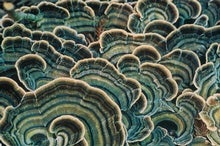



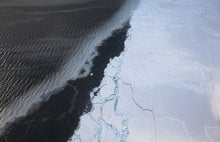





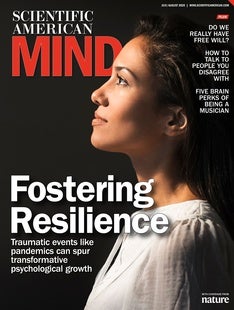
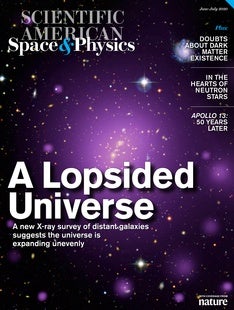
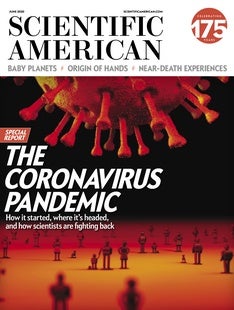



Comments
Post a Comment